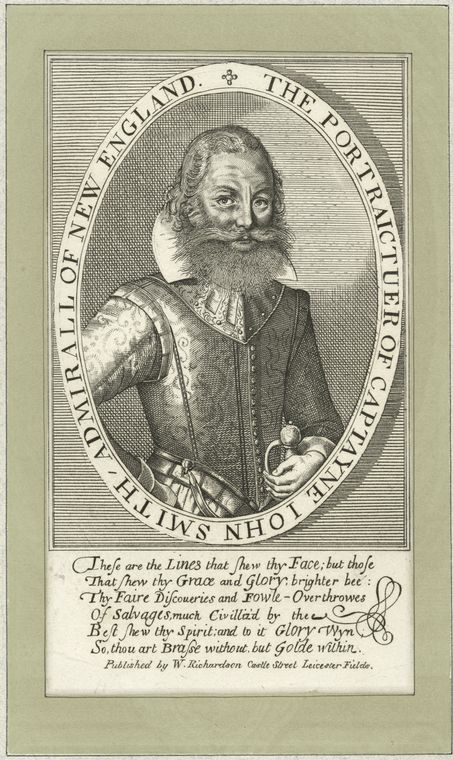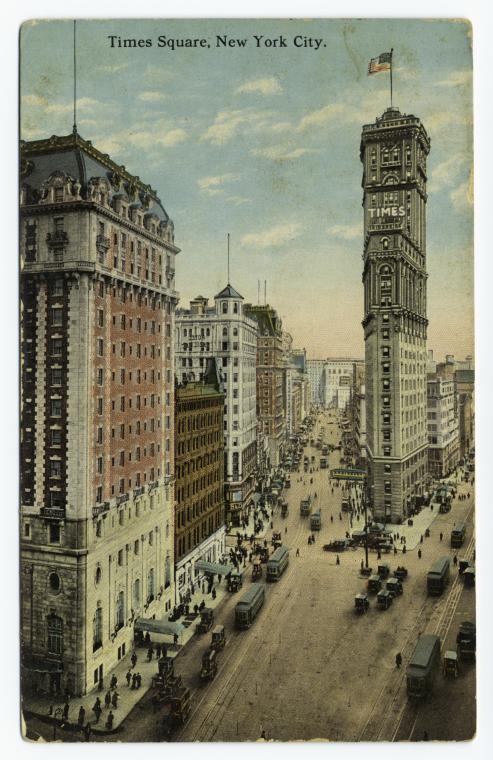Line 1: “Macadam” – “Designating or relating to a kind of roadway or surface devised by McAdam” (Oxford English Dictionary); “McAdam’s method for repairing roads used a consolidated subsoil, only slightly cambered, on which were laid two layers of cleaned, uniformly small pieces of broken stone. The first layer was to be consolidated (originally by the passage of traffic) before the next was put down. He did not approve of the placing of any kind of foundation under the layers of stone, of the use of sand or gravel as binding material, or of the smoothing of the surface by heavy rollers; the term ‘macadamizing’, however, is now used for methods involving some or all of these practices.” (OED)
Line 1: “tunny” – “A scombroid fish of the genus Orcynus, esp. the common tunny, O. thynnus, which has been fished from ancient times in the Mediterranean and Atlantic; it is one of the largest of food-fishes, often reaching a length of ten feet.” (OED); more commonly referred to as the “tuna” fish; “the etymology of ‘tunny’…[comes] from the Greek word for ‘leap’” (Lewis 293)
Line 2: “Far Rockaway to Golden Gate” – Alludes to the metaphorical bridge from New York to California.
Line 4: “arpeggios” – “The employment of the notes of a chord in rapid succession instead of simultaneously; a chord thus played or sung” (OED)
Line 7: “Pizarro” – Francisco Pizarro was a “Spanish conquistador, conqueror of the Incan Empire, and founder of Lima, the modern-day capital of the Republic of Peru.” (Wikipedia)

Line 8: “Cortes” – Hernán Cortés “was a Spanish conquistador who led an expedition that caused the fall of the Aztec Empire and brought large portions of mainland Mexico under the rule of the King of Castile in the early 16th century. Cortés was part of the generation of Spanish colonizers that began the first phase of the Spanish colonization of the Americas.” (Wikipedia)
 Line 10: “Priscilla” –
Line 10: “Priscilla” –Line 11: “Cpt. Smith” – John Smith was the “Admiral of New England was an English soldier, explorer, and author…He is remembered for his role in establishing the first permanent English settlement in North America at Jamestown, Virginia, and his brief association with the Virginia Indian girl Pocahontas during an altercation with the Powhatan Confederacy and her father, Chief Powhatan.” (Wikipedia)
 Line 12: “Rip Van Winkle” – A short story by Washington Irving, published in 1829 along with Irving’s companion piece “The Legend of Sleepy Hollow”. The story is about a man who lived at the foot of the Catskill Mountains who goes to sleep under a tree for twenty years, during which the American Revolution takes place and he returns to his town only to find that everything has changed. (Wikipedia)
Line 12: “Rip Van Winkle” – A short story by Washington Irving, published in 1829 along with Irving’s companion piece “The Legend of Sleepy Hollow”. The story is about a man who lived at the foot of the Catskill Mountains who goes to sleep under a tree for twenty years, during which the American Revolution takes place and he returns to his town only to find that everything has changed. (Wikipedia)Line 13: “Sleepy Hollow” – A shorty story by Washington Irving, published in 1820 along with Irving’s companion piece “Rip Van Winkle”. The story is about a superstitious schoolteacher named Ichabod Crane who is competing with Brom Bones for Katrina Van Tassel’s hand in marriage. One night as Ichabod is leaving a party he is pursued by the Headless Horseman. Ichabod mysteriously disappears and Brom marries Katrina thus implying that Brom was actually the Headless Horseman. (Wikipedia)
Line 17: “Avenue A” – “Runs from north to south and is the westernmost of the avenues to be defined by letters instead of using the numbering system in the New York City borough of Manhattan…It is considered to be the western border of Alphabet City in the East Village. It is also the western border of Tompkins Square Park.” (Wikipedia)
Line 18: “grind-organ” – More commonly known as an organ grinder, is “a musical novelty street performer of the 19th century and the early part of the 20th century, and refers to the operator of a street organ.” (Wikipedia)
Line 21: “monoplane” – “An aircraft with one main set of wing surfaces, in contrast to a biplane or triplane. Since the late 1930s it has been the most common form for a fixed wing aircraft” (Wikipedia)
Line 47: “Times” – A reference to the New York Times.





